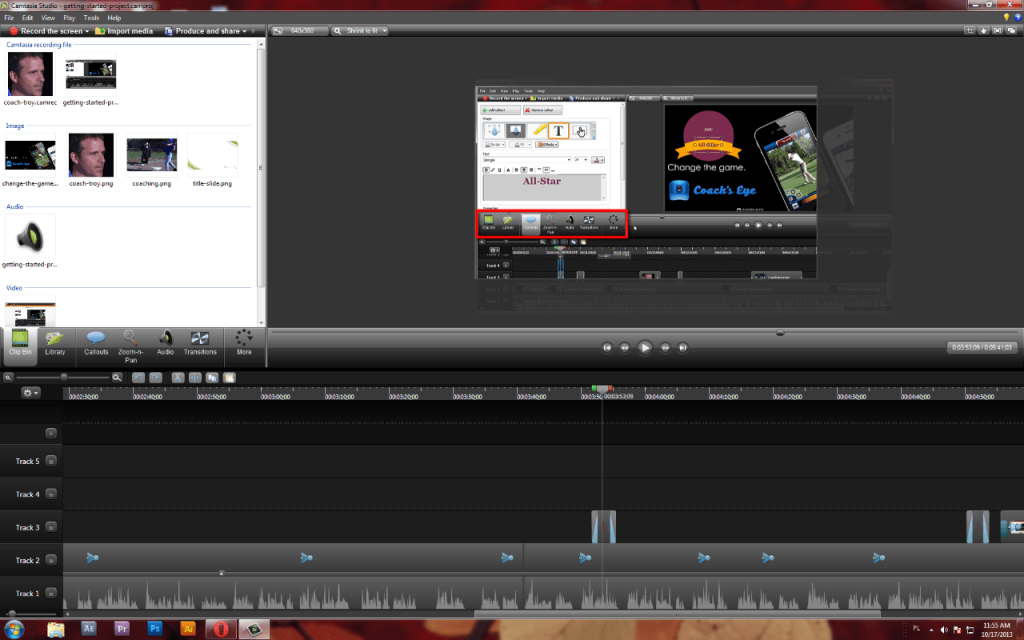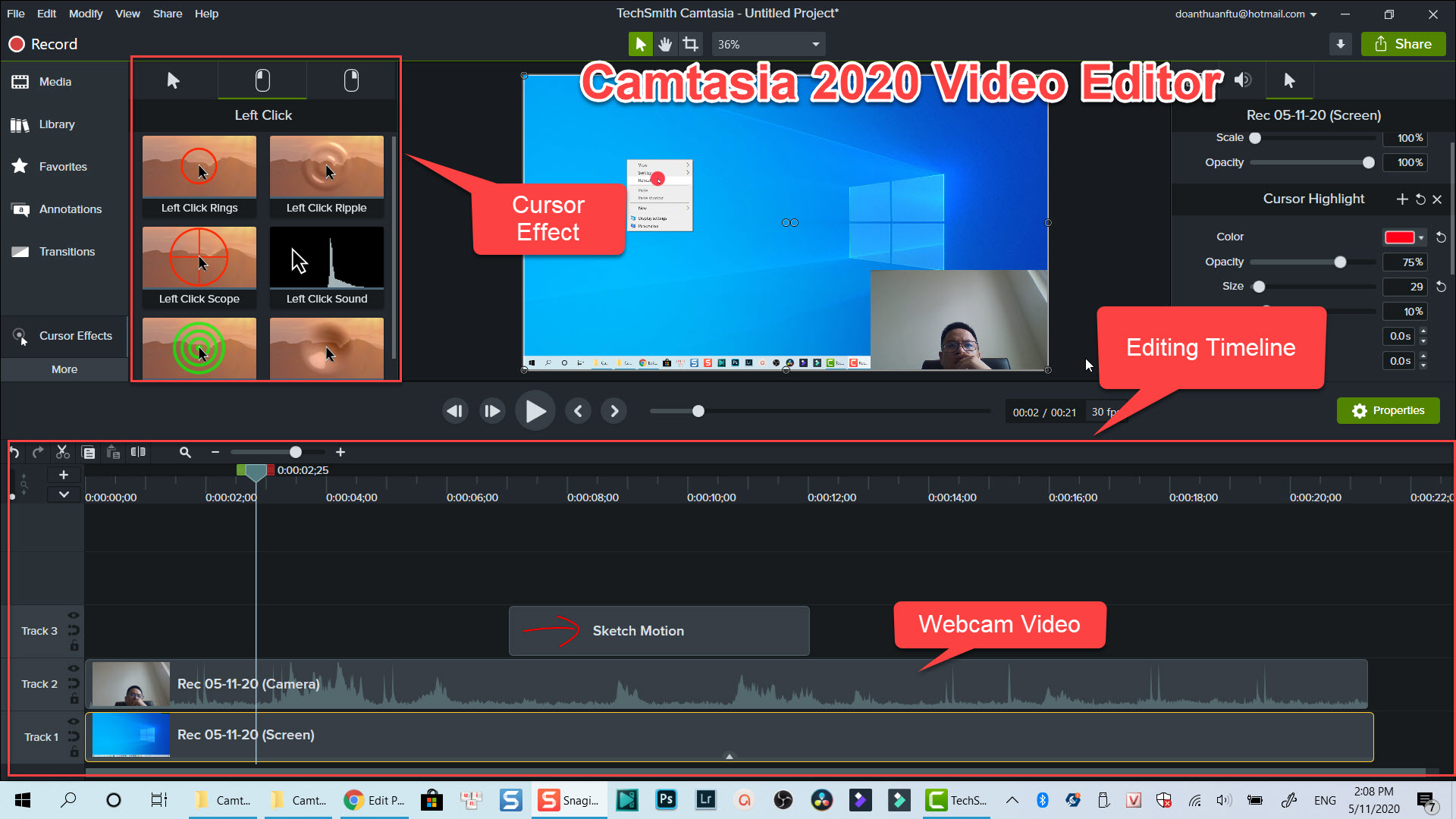

As the first two types are believed to be very time-consuming and lots of workloads, recording comments, along with the advances in technology over the last decades, has opened new possibilities for feedback in the form of podcasts or other digitally recorded means. Providing feedback on writing is generally categorized into three types: written comments, individual conferences, and recorded oral feedback. While there is general agreement among learners, teachers, and scholars that constructive feedback on writing is necessary to revision, there are fewer consensuses on how feedback should be given, when, by whom, and what sort of feedback is most effective (Weigle, 2014). Based on the analysis of empirical studies using such technologies, effective feedback design was constructed to maximize the affordances of each technology that foster feedback dialogues, help to bring feedback from multiple sources, and encourage students to follow up with feedback. For each type of technology, we focus on one representative technology such as VoiceThread for a media sharing tool, a wiki for a collaborative tool, and Jing for a screen-casting tool.
CAMTASIA 208 FREE
Then, to address such attributes, we propose effective feedback design using three types of free technologies - media sharing, collaborative, and screen-casting technologies. We first review literature on the attributes of feedback that impact its effectiveness. In this paper, we propose effective feedback design for online students using freely available technologies. Technologies can be used to enhance the effectiveness of feedback in online courses. However, providing students with effective feedback is challenging in online environments because of physical separation between students and instructors. If (videoTransform.a = 0 & videoTransform.b = 1.0 & videoTransform.c = -1.0 & videoTransform.Feedback plays a critical role in student learning and performance. UIImageOrientation videoAssetOrientation_ = UIImageOrientationUp ĬGAffineTransform videoTransform = videoAssetTrack.preferredTransform 3.2 AVMutableVideoCompositionLayerInstruction 一个视频轨道,包含了这个轨道上的所有视频素材ĪVMutableVideoCompositionLayerInstruction *videolayerInstruction = ĪVAssetTrack *videoAssetTrack = objectAtIndex:0] MainInstruction.timeRange = CMTimeRangeFromTimeToTime(kCMTimeZero, ) 3.1 AVMutableVideoCompositionInstruction 视频轨道中的一个视频,可以缩放、旋转等ĪVMutableVideoCompositionInstruction *mainInstruction =



OfTrack: objectAtIndex:0]ĪVMutableCompositionTrack * audioTrack = ĪVAssetTrack * audioAssetTrack = firstObject] [videoTrack insertTimeRange:CMTimeRangeFromTimeToTime(startTime, endTime) You can add and remove tracks, and you can add, remove, and scale time ranges.】ĪVMutableComposition *mixComposition = init] apple developer 里边的解释 【AVMutableComposition is a mutable subclass of AVComposition you use when you want to create a new composition from existing assets. VideoAsset = //初始化视频媒体文件ĬMTime startTime = CMTimeMakeWithSeconds(0.2, 600) ĬMTime endTime = CMTimeMakeWithSeconds(/-0.2, ) ĪVURLAsset * audioAsset = initWithURL:videoPath options:opts] (void)AVsaveVideoPath:(NSURL*)videoPath WithWaterImg:(UIImage*)img WithInfoDic:(NSDictionary*)infoDic WithFileName:(NSString*)fileName completion:(void (^)(NSURL *outputURL, BOOL isSuccess))completionHandle


 0 kommentar(er)
0 kommentar(er)
